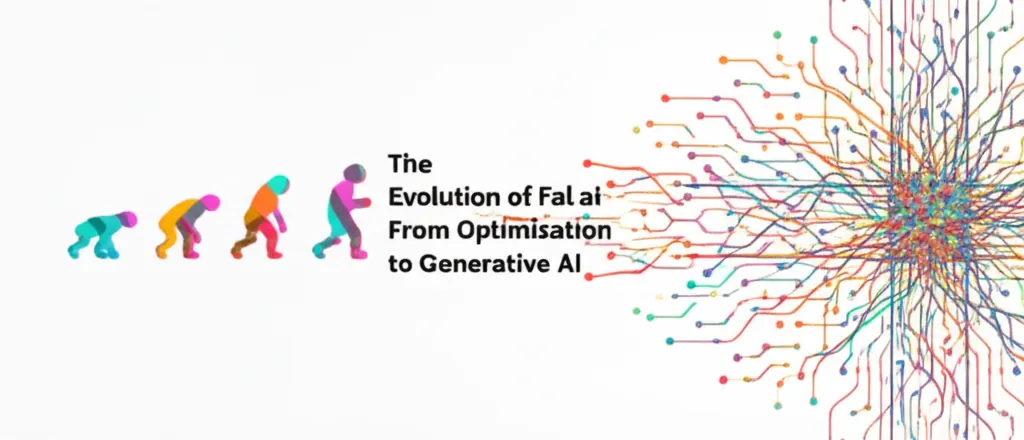Developer Offer
Try ImaginePro API with 50 Free Credits
Build and ship AI-powered visuals with Midjourney, Flux, and more — free credits refresh every month.
The AI Disinformation Wave Targeting Trump and Epstein
A New Wave of Digital Deception
The internet has been hit by a startling and malicious campaign involving fake, AI-generated images and videos. These fabricated visuals falsely depict former President Donald Trump socializing with the late convicted sex offender Jeffrey Epstein, often in compromising situations involving supposed underage girls. According to researchers tracking digital media, these deepfakes are not isolated incidents but a coordinated flood across social media platforms, designed to mislead and inflame public opinion.
How Generative AI Fuels Misinformation
The technology behind these forgeries is known as generative Artificial Intelligence. Sophisticated AI models, trained on vast datasets of images and text, can now create hyper-realistic pictures and videos from simple text prompts. What was once a tool available only to specialized researchers is now accessible to the general public through various online services. This democratization of powerful AI tools has a dark side: it enables malicious actors to create convincing disinformation with unprecedented ease and scale. The fabricated images of Trump and Epstein are a prime example of this technology being weaponized to create and spread harmful narratives.
Social Media The Amplification Engine
These fake images and videos have spread like wildfire across major social media networks. Researchers report that the content has accumulated millions of views, amplified by algorithms that prioritize engagement. The shocking and controversial nature of the fakes makes them highly shareable, causing them to go viral before content moderation teams can intervene. This rapid, widespread dissemination poses a significant challenge for platforms struggling to balance free expression with the need to curb harmful misinformation. The sheer volume of AI-generated content makes manual review impossible, and automated detection systems are in a constant race to keep up with the evolving technology used to create fakes.
The High Stakes of AI Generated Lies
The proliferation of these deepfakes carries severe implications. On a fundamental level, they serve to defame public figures and manipulate public perception through outright lies. In a politically charged environment, such content can be used to influence elections, erode trust in institutions, and deepen societal divisions. The use of sensitive and disturbing themes, such as the association with Jeffrey Epstein and underage individuals, is a deliberate tactic to provoke strong emotional reactions, making viewers more susceptible to believing the falsehoods they see. This trend represents a growing threat to the integrity of our information ecosystem.
Navigating a Post Truth Digital World
The challenge presented by AI-generated disinformation is multifaceted. It requires a concerted effort from technology companies to develop more robust detection and moderation tools. It also places a greater responsibility on us, the users, to approach online content with a critical eye. Developing strong digital literacy skills—such as questioning the source of an image, looking for signs of digital manipulation, and verifying information through trusted channels—is more important than ever. As we move forward, the battle against AI-driven falsehoods will be a defining struggle for our digital age.
Compare Plans & Pricing
Find the plan that matches your workload and unlock full access to ImaginePro.
| Plan | Price | Highlights |
|---|---|---|
| Standard | $8 / month |
|
| Premium | $20 / month |
|
Need custom terms? Talk to us to tailor credits, rate limits, or deployment options.
View All Pricing Details

